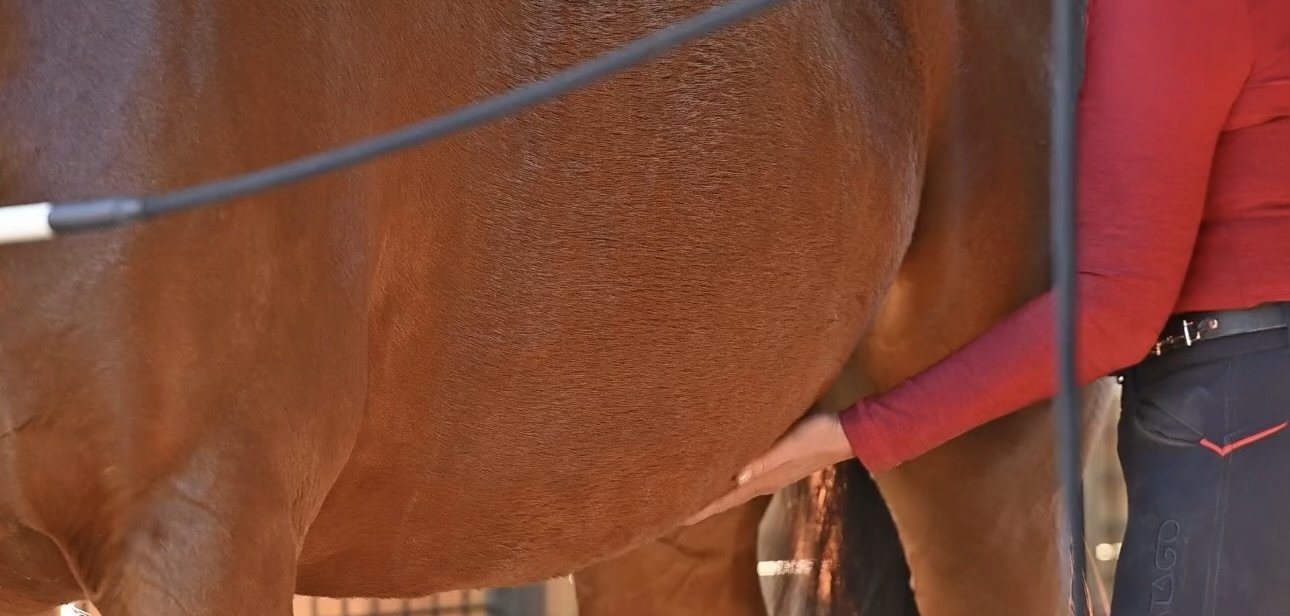Massage Tools (please be careful!)
It’s exciting for us to see such an increase in the respect and recognition of equine bodywork. Me, my mother, and hundreds of students have dedicated their lives to bringing awareness to the healing power of massage. People are not only hiring bodyworkers more regularly, but also taking time to learn and understand why massage is such an important maintenance therapy.
Although this truly is a change for the better in the horse world, it has opened many opportunities for companies to market ”massage” tools that maybe shouldn’t be in the hands of just anyone. Tools such as percussive massage guns, fascia scraping tools, and muscle rollers are all examples of what I am about to discuss.
I am going to hit the ground running on this topic:
If you are not trained to use your hands, you should not be using any massage tools on your horse without guidance from a body worker. Based on the anatomical makeup of the horse, different massage strokes are applied in different areas using different amounts of pressure for a reason! It takes time, patience, practice, and dedication to learn and develop a feel for the horses musculature. This “feel” is absolutely imperative to have before you add any tool other than your hands. Massage instruments can be much more invasive than the hands, and you can cause damage to the skin, fascia, and musculature of the horse.
In massage, we have different types of strokes that have different purposes.
Effleurage or (also known as “opening” and “closing” strokes) are characterized by using a larger surface area in long, slow movements. For example: the palm of your hand and/or forearm.
Pettrissage strokes are a kneading motion usually using the thumb and fingertips. These strokes typically reach deeper into the tissue over a smaller, more isolated area than effleurage strokes. In our courses we often call these “locating strokes”.
Tapotement is a percussive stroke that entail bouncing an open hand or a closed fist over the muscle. This is typically applied to warm up and increase bloodflow to the area before reaching deeper within the tissue.
Direct Pressure is a stroke that we use in sports massage that involves zero movement whatsoever. It is a still, steady pressure, that we hold over a reactive area. This stroke is designed to break up small bundles of knotted tissue.
Each of these strokes have a specific purpose that must be understood before application. There are areas where we do and do not use each stroke based on the anatomy of the horse. Until this is understood, there should not be any type of instrument between your hand and the horse.
Tools such as percussive massage guns have the ability to make the massage easier on the practitioner as well as assist in reaching deeper muscles. Many horses respond incredibly well to them and sometimes prefer them in certain areas. However, just like anything in the horse world, damage can be done if you are not educated on what you are doing. I highly advise that anyone using any massage tool, including their hands, seeks out some sort of guidance. I am all for learning how to maintain your horse in between sessions, but seeking help from a professional is a great way to reduce risk and be more effective!

